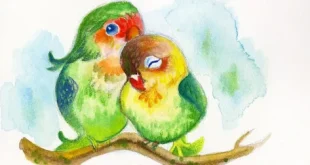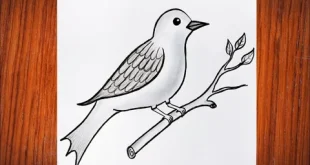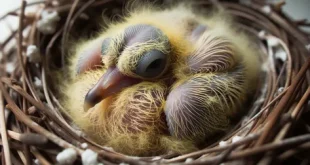What Makes Baby Birds in the USA So Fascinating
- Introduction to Baby Birds in the USA
A baby bird in USA is one of nature’s purest symbols of new beginnings and renewal. Across the country, from Florida’s wetlands to Oregon’s forests, these tiny creatures capture hearts with their innocence. Baby birds, known as nestlings or chicks, depend entirely on parental care for food, safety, and warmth. Numerous American species, such as sparrows, robins, and cardinals, nurture their young during spring’s abundance. Each species uses different strategies to protect their offspring and ensure healthy development. Observing the daily efforts of parent birds reveals the remarkable dedication and cooperation within avian families. This process—from egg to independence—displays nature’s resilience, beauty, and instinctive balance that sustains bird populations throughout the United States.
2. The Birth and Early Life of Chicks
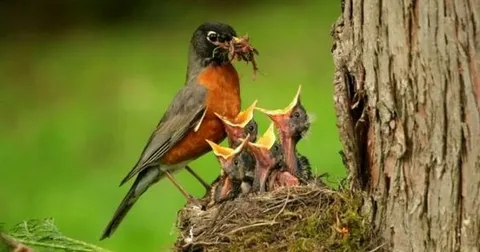
The life of a baby bird in USA begins inside delicate eggs kept warm through constant incubation. Parent birds take turns maintaining the perfect temperature, ensuring proper embryo development. After several days or weeks, tiny chicks emerge—often blind, featherless, and fragile. They rely completely on their parents for warmth and nourishment during these early stages. Parent birds tirelessly gather worms, seeds, or insects, feeding their young numerous times each day. These early days are essential for strength and feather growth. Young chicks communicate their needs through soft chirps that guide their parents’ care. In the USA’s varied climates, from coastal marshes to suburban backyards, each hatching reflects the harmony between nature and nurture within bird families.
3. Growth and Development of Young Birds
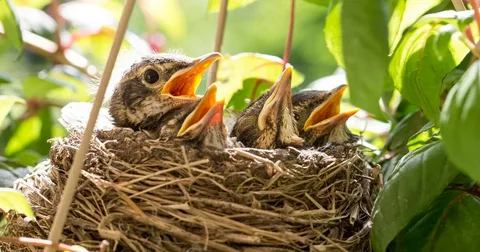
After hatching, a baby bird in USA quickly develops through distinct growth phases marked by physical and behavioral changes. The downy feathers covering their bodies soon transform into stronger juvenile plumage. As they gain sight and strength, young birds begin to explore their surroundings. Parents play a crucial role by teaching essential skills such as preening, feeding, and identifying threats. These lessons are vital for independence and survival. Across the United States, bird enthusiasts often spot fledglings practicing short hops or fluttering near their nests. This transition period highlights determination, learning, and adaptation. Each movement and call contributes to preparing these young creatures for the challenges of life beyond their nest, shaping future generations of American birds.
4. Feeding Habits and Parental Care
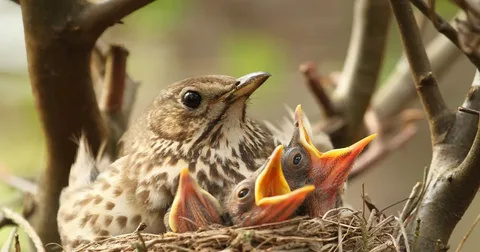
The feeding process of a baby bird in USA showcases extraordinary teamwork between bird parents. Different species provide diets suited to their chicks’ nutritional needs. Insect-eating birds deliver soft, protein-rich meals, while others feed seeds, fruits, or small grains. Parent birds may regurgitate food to make digestion easier for their young. Feeding occurs frequently throughout the day, gradually decreasing as chicks grow stronger. In many U.S. neighborhoods, bird enthusiasts place feeders or birdbaths to support nesting families during the breeding season. This additional food supply can make a difference in chick survival. The tireless dedication of parent birds, seen across America’s forests and cities alike, highlights the deep natural bond and instinctive care within avian communities.
5. The Fledging Stage and First Flight
For every baby bird in USA, the fledging stage marks a thrilling milestone—the first attempt at flight. After weeks of growth, their wings become strong enough to lift them into the air. Early flights are unsteady but improve rapidly through practice and parental encouragement. Even after leaving the nest, young birds remain close to their parents for guidance and protection. During early summer across the USA, it’s common to see fledglings exploring gardens, fields, and parks. Birdwatchers celebrate these moments as signs of healthy bird populations and successful breeding seasons. This first flight represents more than physical strength—it embodies freedom, resilience, and the ongoing natural cycle of life thriving in the skies of America.
Conclusion: The Wonder of Baby Birds in Nature
Every baby bird in USA represents hope, innocence, and the timeless rhythm of nature’s cycle. Their journey from hatching to flight demonstrates resilience, intelligence, and care within the natural world. Observing them reminds people of the importance of preserving habitats and reducing environmental harm. The diverse landscapes of America—from forests to wetlands—support countless species, each contributing to ecological balance. By protecting these fragile lives, humans ensure that future generations can continue witnessing the magic of baby birds taking flight. Each chirp, flutter, and leap into the sky connects us to nature’s beauty and the enduring legacy of life that flourishes across the United States.

